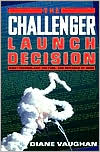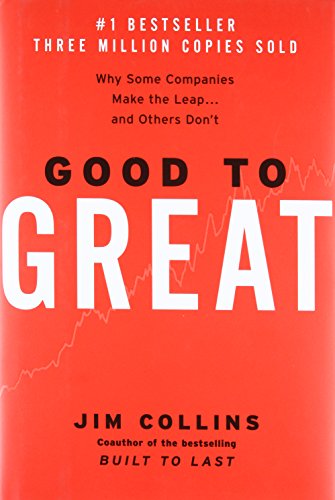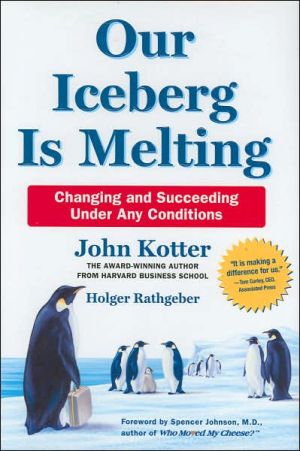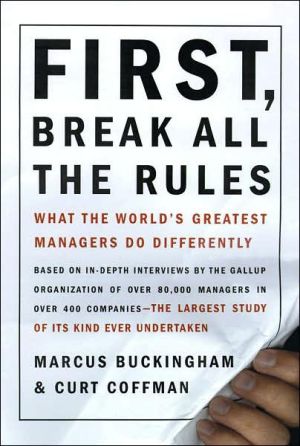The Challenger Launch Decision: Risky Technology, Culture, and Deviance at NASA
When the Space Shuttle Challenger exploded on January 28, 1986, millions of Americans became bound together in a single, historic moment. Many still vividly remember exactly where they were and what they were doing when they heard about the tragedy. In The Challenger Launch Decision, Diane Vaughan recreates the steps leading up to that fateful decision, contradicting conventional interpretations to prove that what occurred at NASA was not skulduggery or misconduct but a disastrous mistake.\...
Search in google:
When the Space Shuttle Challenger exploded on January 28, 1986, millions of Americans became bound together in a single, historic moment. Many still vividly remember exactly where they were and what they were doing when they heard about the tragedy. In The Challenger Launch Decision, Diane Vaughan recreates the steps leading up to that fateful decision, contradicting conventional interpretations to prove that what occurred at NASA was not skulduggery or misconduct but a disastrous mistake.Journalists and investigators have historically cited production problems and managerial wrong-doing as the reasons behind the disaster. The Presidential Commission uncovered a flawed decision-making process at the space agency as well, citing a well-documented history of problems with the O-ring and a dramatic last-minute protest by engineers over the Solid Rocket Boosters as evidence of managerial neglect. Why did NASA managers, who not only had all the information prior to the launch but also were warned against it, decide to proceed? In retelling how the decision unfolded through the eyes of the managers and the engineers, Vaughan uncovers an incremental descent into poor judgment, supported by a culture of high-risk technology. She reveals how and why NASA insiders, when repeatedly faced with evidence that something was wrong, normalized the deviance so that it became acceptable to them. No safety rules were broken. No single individual was at fault. Instead, the cause of the disaster is a story not of evil but of the banality of organizational life. This powerful work explains why the Challenger tragedy must be reexamined and offers an unexpected warning aboutthe hidden hazards of living in this technological age. BookList Had Margaret Mead studied the NASAns instead of the Samoans, this anthropological story of the shuttle catastrophe might have resulted. We see the bureaucratic culture that shaped the behavior of the rocket scientists: they launched "Challenger" expecting some damage to the now infamous O-rings. How they reached that position of tempting fate infuses Vaughan's account. Making arguable constructions about the engineering mentality and group-think, Vaughan focuses on the fateful teleconference the night before the launch, in which executives of the rocket manufacturer first resisted then caved into NASA's pressure to launch. For exerting that pressure, the space agency's managers were pilloried, but personalizing the blame, Vaughan believes, ignores the acculturated rules they followed--which emanated from the political and funding compromises that created the shuttle design. Though Vaughan's scholastic diction acts as narrative speed bumps, her sociological interpretation helps explain the seemingly inexplicable. This complements the dramatic and popular orientation of "No Downlink", by Claus Jensen .
List of Figures and TablesPreface1The Eve of the Launch12Learning Culture, Revising History333Risk, Work Group Culture, and the Normalization of Deviance774The Normalization of Deviance, 1981-19841195The Normalization of Deviance, 19851536The Culture of Production1967Structural Secrecy2388The Eve of the Launch Revisited2789Conformity and Tragedy33410Lessons Learned387Appendix A Cost/Safety Trade-Offs? Scrapping the Escape Rockets and the SRB Contract Award Decision423Appendix B Supporting Charts and Documents432Appendix C On Theory Elaboration, Organizations, and Historical Ethnography456Acknowledgments465Notes469Bibliography533Index551
\ Gilbert TaylorHad Margaret Mead studied the NASAns instead of the Samoans, this anthropological story of the shuttle catastrophe might have resulted. We see the bureaucratic culture that shaped the behavior of the rocket scientists: they launched "Challenger" expecting some damage to the now infamous O-rings. How they reached that position of tempting fate infuses Vaughan's account. Making arguable constructions about the engineering mentality and group-think, Vaughan focuses on the fateful teleconference the night before the launch, in which executives of the rocket manufacturer first resisted then caved into NASA's pressure to launch. For exerting that pressure, the space agency's managers were pilloried, but personalizing the blame, Vaughan believes, ignores the acculturated rules they followed--which emanated from the political and funding compromises that created the shuttle design. Though Vaughan's scholastic diction acts as narrative speed bumps, her sociological interpretation helps explain the seemingly inexplicable. This complements the dramatic and popular orientation of "No Downlink", by Claus Jensen .\ \








